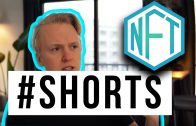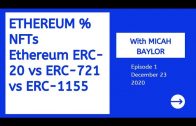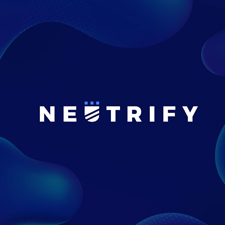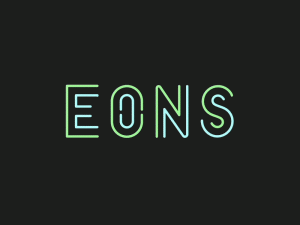What is an NFT and why are they important | Unlocking value through DeFi
An NFT is a non-fungible token. They are becoming increasingly popular with artists, musicians and in sports. But what are they, how do they have value, and how is their value determined? In this video, we answer these questions and explain why NFTs, especially in DeFi, are so important.
To begin, we have to differentiate between fungible and non-fungible. Anything that can be replaced by something similar (or the same) is fungible. Think about dollars. One dollar in my pocket is the same as one dollar in yours. Even though my $10 billion is wrinkled and old, and yours is fresh, they are worth the same. The same principle applies to Bitcoin. A Bitcoin mined (or created) in 2009 is the same as a Bitcoin mined in 2021. Although the price might differ a tad bit.
So, what does “non-fungible” mean? Non-fungible refers to something that cannot be replicated. The obvious example is real-estate. My house is different from your house. This could be based on the location, layout, structure or value. Either way, no two houses can be the same. But think about this with assets that are easily transferable. A unique piece of art, for instance, is different because there’s no other like it. If this piece of art was represented as a token it would be a – non-fungible token or an NFT.
But representation is not the only thing that makes an NFT and NFT.
If there were many pieces of art, is the value the same as one unique piece of art? Obviously not. Hence, an NFT should be scarce. There shouldn’t be an unlimited supply of the art, or the asset in question. Limited supply brings more value because owners know that there is only so much of the asset that can be produced. This is one of the principles driving Bitcoin’s price rally.
Limited supply is important only when it can be proved. Think about gold, we know there is a limited supply. But can you put a number on it? Not likely. Bitcoin? Yes, you can. There will only be 21 million Bitcoin ever. Same goes for NFTs. These tokens have to have a limited supply that is provable, meaning it should have – verifiable scarcity.
Finally, since they have – a limited supply and a verificable scarcity, people will pay for them. But where should this payment occur? In a marketplace. NFTs should have a market where their value is determined by a process of price discovery, and their value is traded by people who differ on the opinion of the value. Art, in the form of paintings, music, literature is the best example, because it’s value is in the eye of the beholder.
NFTs are a game changer for the artistic world. This is because it unlocks value beyond finance. But when combined with not just traditional finance but DeFi or decentralization finance, it becomes even more important.
Artists can receive funding at an early stage through everyday people buying their NFTs. They can put it on the blockchain to ensure that its limited supply is verifiable. They can encode a means of receiving royalties when it’s seen (art), played (music), or read (literature). All this is possible through blockchain technology, decentralized finance and most importantly NFTs.
Enjoy the video!
Please subscribe to get more videos like this and leave a comment on what you’d like us to discuss next.
Find us at:
Twitter – https://twitter.com/Interaxis8
Web – https://www.interaxis.io/
Email – info@interaxis.io






















